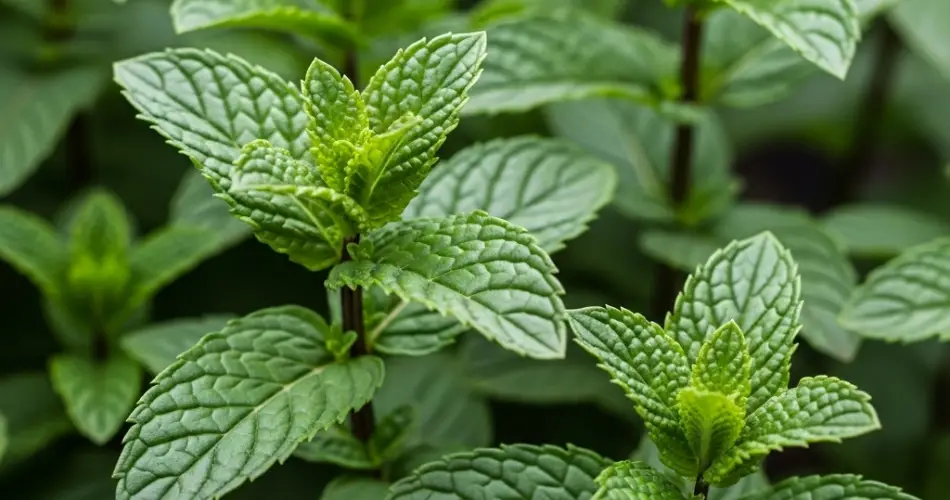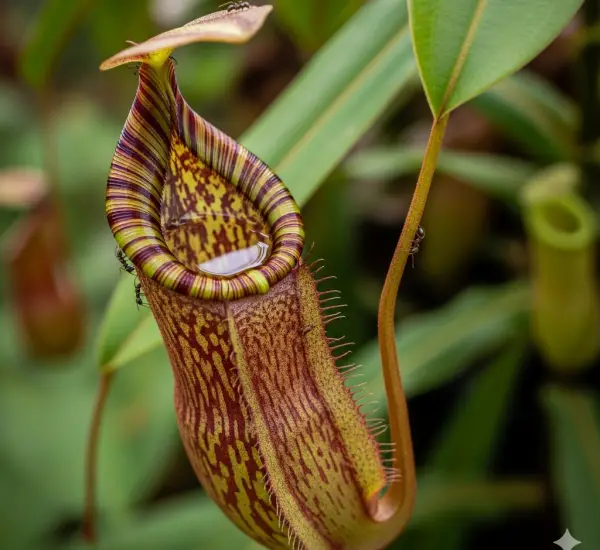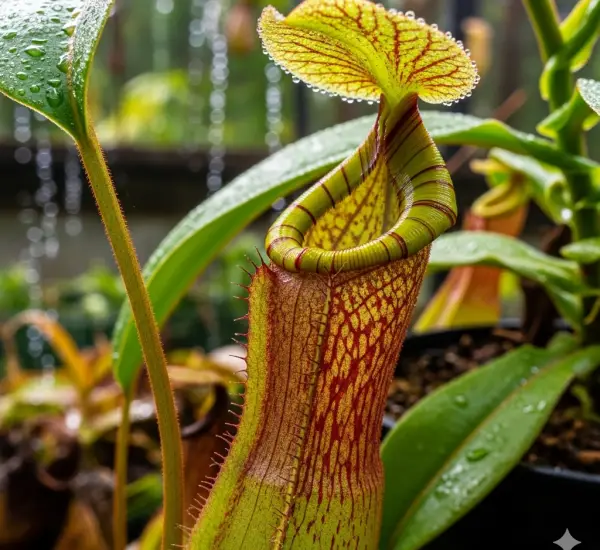Mint is a popular herb known for its refreshing aroma, culinary uses, and health benefits. However, as many gardeners quickly discover, mint is also one of the most invasive herbs you can plant. Once established in the ground, it can quickly spread and take over beds, crowding out other plants. If you’re planning to grow mint or are already dealing with an overgrowth, here are effective methods to control its spread and enjoy it without letting it dominate your garden.
Why Mint Spreads So Quickly
Mint (Mentha spp.) is a vigorous grower thanks to its underground rhizomes—horizontal stems that grow below the surface. These rhizomes produce new shoots, allowing mint to colonize large areas quickly. Left unchecked, mint can become a nuisance, taking over garden beds, lawns, and even nearby containers.
Understanding this behavior is the first step in preventing mint from getting out of control.
1. Grow Mint in Containers
The most effective way to keep mint from spreading is to grow it in containers. Choose a pot that is at least 12 inches deep and wide to allow for healthy root development. Containers can be placed on patios, balconies, or even buried in garden soil (with precautions—see below).
This method physically restricts the plant’s root system, keeping the rhizomes from reaching surrounding soil and spreading.
2. Use Bottomless Pots in the Ground
If you prefer the look of mint growing in the ground but want to keep it from spreading, plant it in a bottomless container. Use a plastic pot or bucket with the bottom cut off and sink it into the ground, leaving about an inch of the rim above the soil line.
This barrier discourages rhizomes from escaping into the rest of the garden while giving the appearance of a natural planting. However, check regularly, as aggressive roots can sometimes sneak over or under the barrier.
3. Install Physical Root Barriers
Another option is to create a physical underground barrier around the planting area. You can use landscape edging, metal sheeting, or heavy-duty plastic to form a circular barrier about 12–18 inches deep around the mint. Ensure the barrier rises a couple of inches above ground level to stop surface runners.
This technique works well in herb gardens where aesthetics matter, and it helps keep mint confined to a designated area.
4. Trim Mint Regularly
Frequent harvesting and pruning not only encourage bushier growth but also help control mint’s tendency to spread. Trim back stems before they flower to prevent self-seeding, and cut down any runners you notice trying to colonize nearby soil.
Make it a habit to remove about one-third of the plant every few weeks during the growing season. This discourages excessive root expansion and limits its vigor.
5. Harvest Entire Plants in Late Summer
To reset mint’s growth cycle and prevent it from becoming woody or invasive, cut back the entire plant in late summer or early fall. This gives it time to recover and regrow compactly before winter dormancy.
Removing all top growth can also help you spot any rhizomes attempting to escape and allows for easier maintenance.
6. Monitor the Area for Escapes
Even with barriers, it’s important to routinely inspect the area around your mint for signs of spreading. Pull up any stray shoots promptly. Mint roots are shallow, especially new runners, so they’re relatively easy to remove if caught early.
Check pathways, cracks in pavement, or nearby beds, as mint is notorious for sneaking into unexpected spaces.
7. Avoid Planting Mint with Other Herbs
Mint’s aggressive nature makes it a poor companion in shared herb beds. It can outcompete more delicate herbs like basil, parsley, or thyme. If you must grow them close together, keep mint in its own confined container and place it at a distance from others to minimize root competition.
8. Try Less Invasive Mint Varieties
Some types of mint are less aggressive than others. Varieties like apple mint or orange mint still spread but not as rapidly as spearmint or peppermint. If you’re set on growing mint in open beds, choosing a tamer variety may make management easier.
Conclusion
Mint is a wonderful addition to any garden, offering fragrance, flavor, and a variety of uses. But to enjoy its benefits without sacrificing your entire garden to its spread, take proactive steps to contain it. Whether you opt for container growing, buried pots, root barriers, or regular trimming, keeping mint under control is entirely possible with a little effort and vigilance. By managing its growth, you can enjoy fresh mint all season long—without letting it take over your outdoor space.



